The island Korcula has very rich historical and cultural heritage, and it's inhabitants are very happy to present it in numerous museums, public and private collections located across the island of Korcula.
The town museum of Korcula was opened in 1957. The museum is located in old town centre, in Renaissance palace Gabrielis, on the main town square. The museum is the most important museum on the island of Korcula. The museum is home to 24 collections, with most interesting being: archaeological collection, traditional shipbuilding collection, ethnographical collection, stone-masonry collection, musical collection, natural collection and maritime collection. By visiting the museum of the town of Korcula you will be able to walk through several thousand years of history of the island, all in one place.
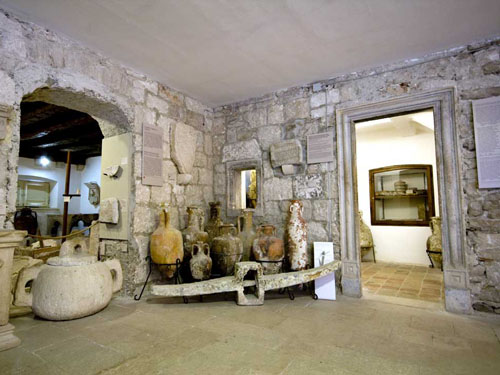
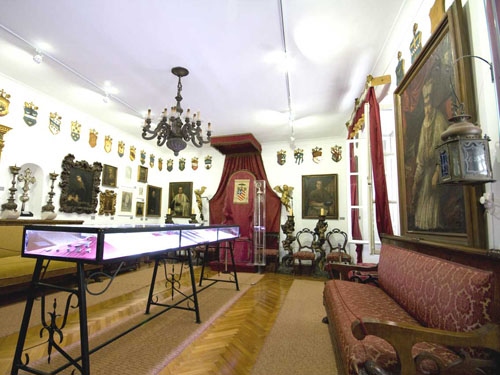
The treasury is located in center of walled old town of Korcula, on St. Mark's square, in beautiful Bishop's palace. The treasury was established and opened to public in 1954. The treasury has very rich collections, including: icons, lapidarium (hall where stone (Latin: lapis) monuments and fragments of archaeological interest are exhibited), old coats of arms, Dalmatian arts, Italian Renaissance arts, reliquaries, liturgical vestments and contemporary Croatian art. Located on the ground floor are parish office, library and archives. On the ground floor there is also an exhibition presented as an old kitchen, which is very interesting and shows the old way of life preserved in a kitchen, central place of old households.
Cultural centre is located in the center of Vela Luka, in a beautiful building near the church of St. Joseph. The Cultural centre hosts the museum, with several museum collections: the archaeological collection, the collection of modern and contemporary art, the collection of models of traditional wooden ships, the collection of drystone wall architecture, the collection of mosaics and other interesting collections. The museum opened its doors to the public in 1965.
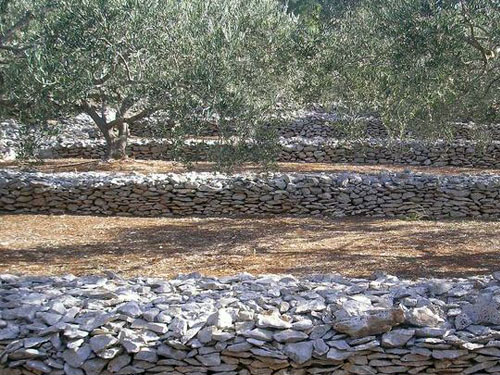
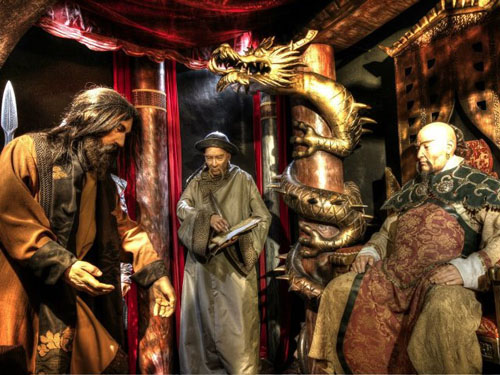
The museum of Marco Polo is located in the town of Korcula, just outside the old city walls. It was opened in 2012. and consists of 7 scenes with high quality scenography and hyper realistic. The goal is to represent as accurately as possible and capture in time some of the moments unique in the life of Marco Polo and in this way to immerge the visitor into the experience of worlds' first globetrotter.
The birth house of Marco Polo is located inside the old walled town of Korcula. The house was owned by De Polo family, and it is one of the reasons why some people think that he was born in this house - there are no definite proofs that prove this. However, people from Korcula believe Marco Polo was born here in 1254. In the house there are exhibits that remind us of the great explorer, and many interesting objects from these times. The house today is owned by the town of Korcula, and was open to the public in 2015., after 7 years of detailed exploration an restoration. Future plans include opening large museum dedicated to Marco Polo and his journeys. Above the house there is a tower from which there is beautiful view of the town of Korcula and surrounding archipelago.
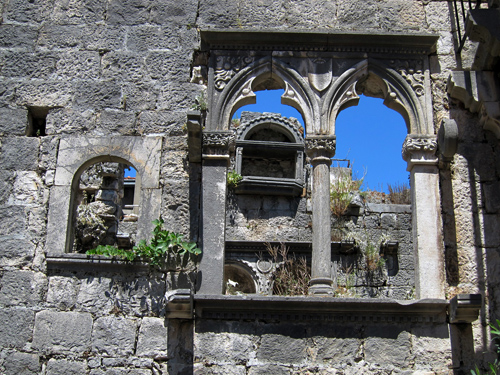
Collection of the icons of the Brotherhood of All Saints is located near to the 14th. church of All Saints, on the peninsula of Korcula old town. The Brotherhood of All Saints is the oldest fraternity on the island of Korcula, and it's icons are on display open to public since 1962. The collection consists mainly of Byzantine icons painted on wood or gold plates, which were obtained by Korcula's sailors and merchants on their journeys through east Mediterranean sea. The collections also holds the statute and other important documents of the Brotherhood, habits, flags, ecclesiastical candelabra, osculatorium and reliquaries.
Ethno house Barilo is located in the centre of Blato, in an old family house that belongs to family Marinovic that lives in this house for many centuries. It is a unique place on the island of Korcula, where one can feel and taste all the beauty of traditional life on the island, which is already almost forgotten. The collection has 600 exhibits, organised in several exhibition spaces: fireplace, living room, bedroom, kitchen, room with large collection of folk costumes, clothing and handicrafts from times past. Outside part of the collection consists agricultural tools, fishing gear and many stone items for everyday use. There is also a beautiful garden where you can feel and taste indigenous aromatic medicinal and ornamental plants of the island. Walk through this family museum is a walk through the centuries of life of the islanders. The collection is under the patronage of Ministry of Culture of the Republic of Croatia.
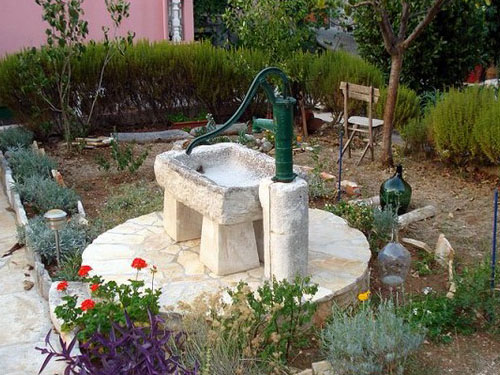
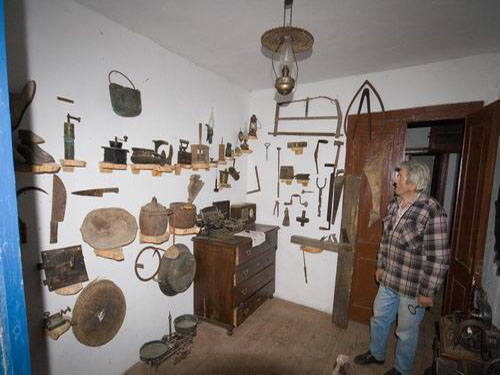
This private ethnographic collection is a result of life-long search of Mr. Pavle Sain, a passionate collector, native of Zrnovo, a small village located few kilometres from the town of Korcula. The collection is located in his home in the neighbourhood of Postrana, and old stone house with stone-slate roof, and it is open by arrangement only. Here you can see many household exhibits from the old times, which will show you exactly how the life used lo look like here before all the marvels of the modern age. We especially liked the stone hand-mill which was used to grind wheat and maize daily; judging by it's size this was obviously a very demanding housewife’s job in early mornings. Here you can also see dishes nad utensils, cutlery, clothes and tools used for everyday life and tasks. The area of Zrnovo is well known on the island of Korcula for high quality stone, and stone masons - the ethnological collection has large number of various tools that were used for stone quarrying and processing.
This privately owned collection is located on the outskirts of the town of Vela Luka, on the main road that connects it with the town of Blato. Zlokic family has very long tradition in olive growing and olive oil productions and is one of leading producers on the island of Korcula with big plans for expansion of their production in the future. To show their customers, partners and friends this tradition and their love for olive growing and oil production, they put together one of the most comprehensive collection dedicated to this sacred tree and its' fruit. Here you can see all the ancient tools, machines, accessories and everything that is connected to olive growing and oil production, and several thousand years long tradition it has in this region.
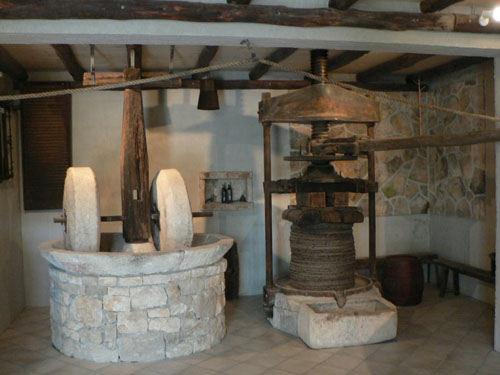
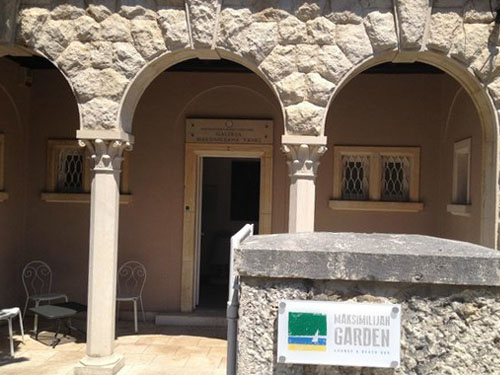
Maxo Vanka was a Croatian-American artist, born in Zagreb in 1889. His most important works are Millvale Murals in the first Croatian Catholic parish church in Millvale, Pennsylvania, close to Pittsburgh. These murals were tribute to all Croatian immigrants who worked in the mills and mines around Pittsburgh. After his death in 1963., his wife donated his house and studio together with 47 of his paintings to the town of Korcula, where he was regular guests and hosted painting colonies. The villa is located on the Western outskirts of the town Korcula, and was renovated in year 1998.
In order to provide you with the best online experience this website uses cookies. Delete cookies
By using our website, you agree to our use of cookies. Learn more
Privacy statement serves us for protection of privacy of our users. You can look at iKorculainfo.com pages for free, without any commitment of revealing your identity or leaving any kind of your private data. In case that you decide to use our services, it's necessary to leave us your personal data, so that we could complete your reservation and to lease asked service. Your personal data remains protected. We assure you that we are collecting only information that we need to complete our procedure of reservation of our service. In that process we are using only information that we receive directly from you.
Use of collected information
We are not going to use collected information for purposes that are not mentioned in this statement. Your personal data, travel agency "Vakance" does not sell, trade, rent or give to third parties, unless it's necessary for the procedure of the realization of selected service. |







